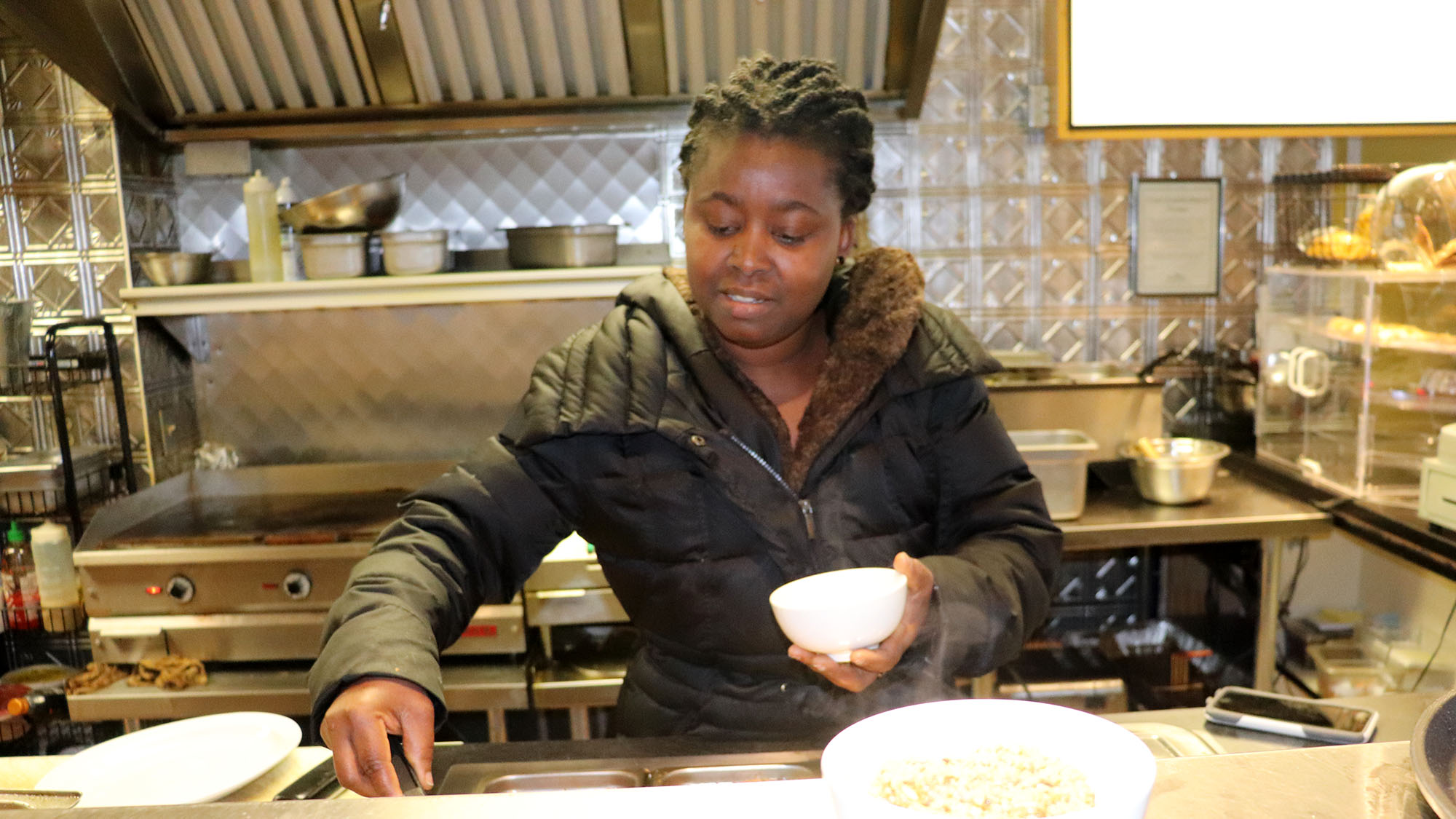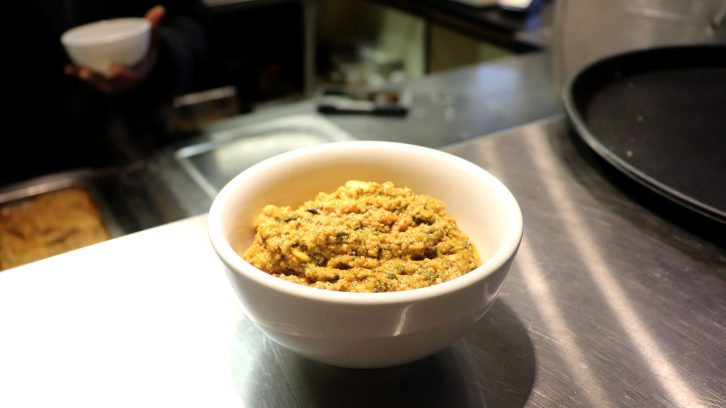African Food
Canada’s Food Guide lacks diversity, says nutrition expert
African food may have the right ingredients, but doesn’t look like the official food guide

caption
Mary Nkrumah dishes out some African food.The new Canada’s Food Guide doesn’t account for other cultures’ food, says a Halifax expert.
“I would call it a very white, upper middle-class view of what a plate looks like,” says Jennifer Brady , an associate professor at Mount Saint Vincent in Applied Human Nutrition. She researches cultural food security in Halifax.
She says there are some good and bad aspects to the food guide. One thing she doesn’t like is that the plate only has healthy food.
“It’s a very negative thing to be promoting this idea that your meal as to look one way,” says Brady.
Meals don’t actually look like that, she says, referring to the plate being half vegetables, a quarter protein and a quarter grain. She says nutrition should be looked at over time, not meal-by-meal.
One type of dish that doesn’t seem to fit the food guide’s image is African food.
Mary Nkrumah, owner of Mary’s African Cuisine in Halifax, says the guide “looks dry.” She says African food often has stews, soups or at least has a sauce. Dishes always contain grain, vegetable and protein, which meet the food guidelines. They just don’t look like what’s pictured.
“Here you make a plate and it’s like broccoli on the side, meat on the side, rice on the side or something,” says Nkrumah. “But ours is stewed together.”

caption
Some of Nkrumah’s pumpkin and spinach stew.Brady believes there is more to healthy eating that just eating the appropriate nutrients.
“My understanding of health is that it includes connection to culture and it includes connection to community, and what feels nourishing which I understand differently than what is nutritious,” she says.
Brady says nourishment comes from the relationship of land and food, and that’s what’s important for a balanced diet.

